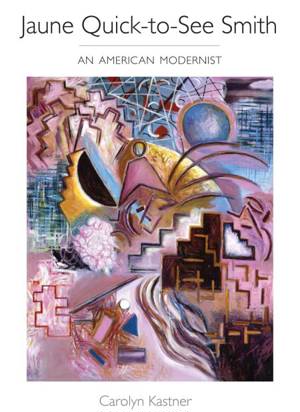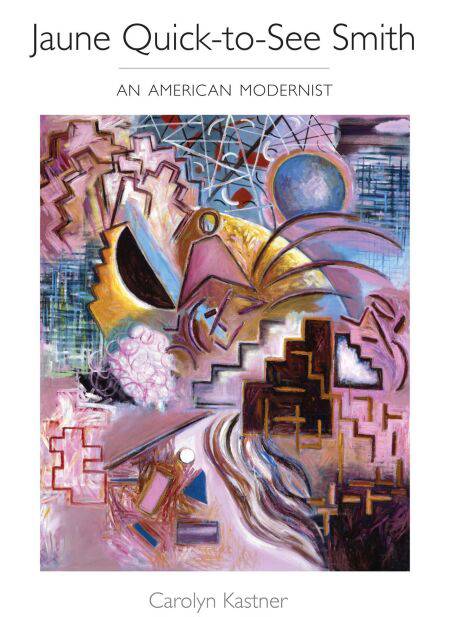
- Afhalen na 1 uur in een winkel met voorraad
- Gratis thuislevering in België vanaf € 30
- Ruim aanbod met 7 miljoen producten
- Afhalen na 1 uur in een winkel met voorraad
- Gratis thuislevering in België vanaf € 30
- Ruim aanbod met 7 miljoen producten
Zoeken
€ 22,36
+ 22 punten
Uitvoering
Omschrijving
The first full-length critical analysis of the paintings of Jaune Quick-to-See Smith, this book focuses on Smith’s role as a modernist in addition to her status as a wellknown Native American artist. With close readings of Smith’s work, Carolyn Kastner shows how Smith simultaneously contributes to and critiques American art and its history.
Smith has distinguished herself as a modernist both in her pursuit of abstraction and her expressive technique, but too often her identity as a Native American artist has overshadowed these aspects of her work. Addressing specific themes in Smith’s career, Kastner situates Smith within specific historical and cultural moments of American art, comparing her work to the abstractions of Kandinsky and Miró, as well as to the pop art of Rauschenberg and Johns. She discusses Smith’s appropriation of pop culture icons like the Barbie doll, reimagined by the artist as Barbie Plenty Horses. As Kastner considers how Smith constructs each new series of artworks within the artistic, social, and political discourse of its time, she defines her contribution to American modernism and its history. Discussing the ways in which Smith draws upon her cultural heritage—both Native and non-Native—Kastner demonstrates how Smith has expanded the definitions of “American” and “modernist” art.
Smith has distinguished herself as a modernist both in her pursuit of abstraction and her expressive technique, but too often her identity as a Native American artist has overshadowed these aspects of her work. Addressing specific themes in Smith’s career, Kastner situates Smith within specific historical and cultural moments of American art, comparing her work to the abstractions of Kandinsky and Miró, as well as to the pop art of Rauschenberg and Johns. She discusses Smith’s appropriation of pop culture icons like the Barbie doll, reimagined by the artist as Barbie Plenty Horses. As Kastner considers how Smith constructs each new series of artworks within the artistic, social, and political discourse of its time, she defines her contribution to American modernism and its history. Discussing the ways in which Smith draws upon her cultural heritage—both Native and non-Native—Kastner demonstrates how Smith has expanded the definitions of “American” and “modernist” art.
Specificaties
Betrokkenen
- Auteur(s):
- Uitgeverij:
Inhoud
- Aantal bladzijden:
- 120
- Taal:
- Engels
Eigenschappen
- Productcode (EAN):
- 9780826353900
- Verschijningsdatum:
- 14/10/2013
- Uitvoering:
- E-book
- Beveiligd met:
- Adobe DRM
- Formaat:
- ePub

Alleen bij Standaard Boekhandel
+ 22 punten op je klantenkaart van Standaard Boekhandel
Beoordelingen
We publiceren alleen reviews die voldoen aan de voorwaarden voor reviews. Bekijk onze voorwaarden voor reviews.








